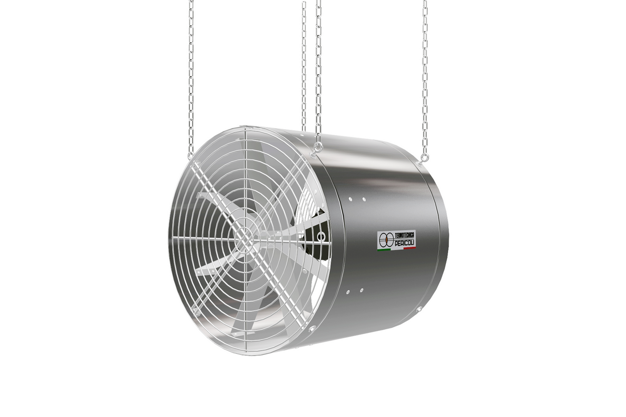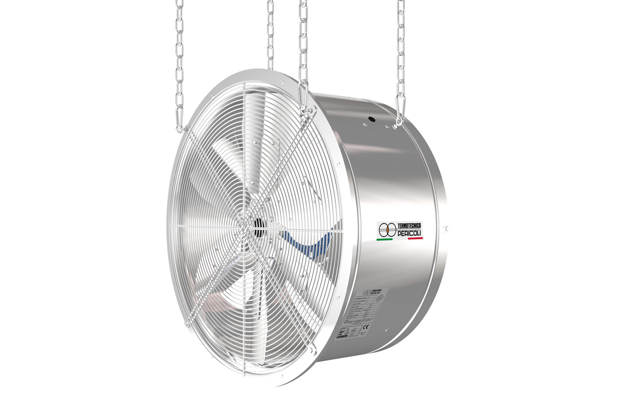Botrytis is a disease caused by a fungus called Botrytis Cinerea and it occurs in the form of gray mold. Botrytis affects different types of crops, it is very common in grape cultivation, but it is equally infesting and problematic in protected crops such as tomatoes, strawberries, lettuce but also flowers and hemp.
Symptoms and causes of botrytis
The Italian company Termotecnica Pericoli, which is concerned with the production of climate control machinery, describes the growth and development of this fungus in greenhouses. According to this company, it is not easy to diagnose botrytis because it is often confused with other types of rot, such as the most common garden mold. They give an overview of the symptoms of botrytis: On young seedlings in the seedbed, it causes browning of the roots, of the cotyledonary leaves, and of the stem, followed by a rot that can lead to death. The botrytis appears in the form of a soft gray mold, which is highly infectious. If touched, it releases a cloud of spores that then contaminate nearby plants, infesting the entire environment in a short time.
They find that botrytis in greenhouses mainly occurs where there is a very high plant concentration, in particular where the humidity levels are not properly controlled. More precisely, the stagnant humidity and the formation of condensation create environments that are suitable for the formation of molds. When temperatures around 20-25°C are accompanied by a high relative humidity (above 90%) this creates the optimal conditions for the infections and a film of water on leaves for several hours (4-8 hours).
Botrytis on basil
Paolo Calcagno has been a producer of basil for over 35 years, he shares his experiences on botrytis on basil. He says: "Botrytis on basil shows first an early yellowing of the leaf. If the grower doesn't intervene in a short time, the leaves become dark yellow and then black, with a consequent loss of production. On the lower part of the leaves, a hairy powder full of weed gray spores appears, which becomes increasingly darker and leads to the plant's death. In the past, our company directly suffered from this problem. It is essential to intervene rapidly in the first phase, otherwise, the whole production could be compromised."
However, Paolo highlights that he found ways to tackle the fungus. "Our company boasts an optimal geographical position, located halfway up the hill, so it benefits from a natural air exchange. For this reason, we decided to combine chemical products, such as fungicides, with the ACF air circulation fans, which proved to be the best solution to permanently eliminate moisture stagnation. The ACF installation uniformly distributes the heat produced by the heaters. By using the ACF, we created an optimal air movement inside the greenhouse and an ideal environment to grow our basil in a healthy way, eliminating the excessive humidity and minimizing the risk of botrytis," he explains.

An image of aTermotechnica Pericoli ACF air circulation fan

An image of a Termotechnica Pericoli ACF air circulation fan

An image of aTermotechnica Pericoli ACF air circulation fan
Prevention as a remedy
According to Termotecnica Pericoli, prevention remains the most effective way to fight botrytis. The company elaborates: "Greenhouses are environments in which a great deal of attention must be paid to the microclimatic balance and carry out simple and effective practices. These practices include checking humidity levels in the air, avoiding condensation on plants, ensuring constant air exchanges, and facilitating plant respiration by arranging them properly. In addition, plants should be kept clean, and already compromised parts (even dead leaves) should be eliminated. Further, it is important to avoid over-irrigation and stagnating water in the soil."
Air movement
Termotecnica Pericoli states that air movement poses a solution to botrytis. They say: "Air movement reduces the accumulation of moisture on plants. The mechanical horizontal ventilation produced by special air circulation fans facilitates a greater temperature uniformity in the environment, which avoids the creation of 'cool spots' (cold areas) where condensation is likely to occur. Small air circulation fans such as ACF provide the right amount of air on crops without interfering with their thermal fencing as it gently caresses the leaves and hardens the stems."
For more information: Termotecnica Pericoli S.r.l.
Termotecnica Pericoli S.r.l.
Regione Rapalline 44
17031 Albenga (Sv) – Italy
marketing@pericoli.com
www.pericoli.com

